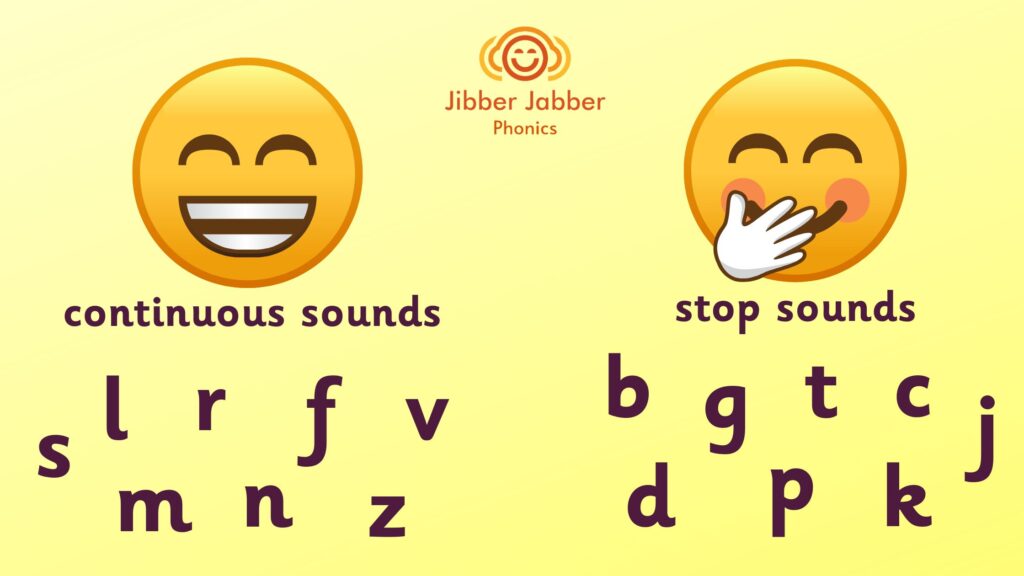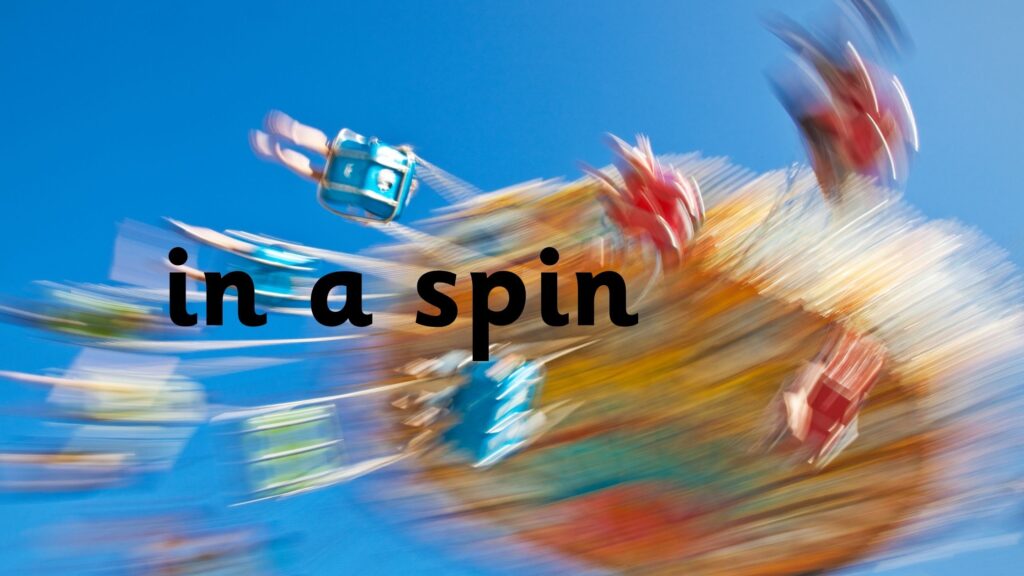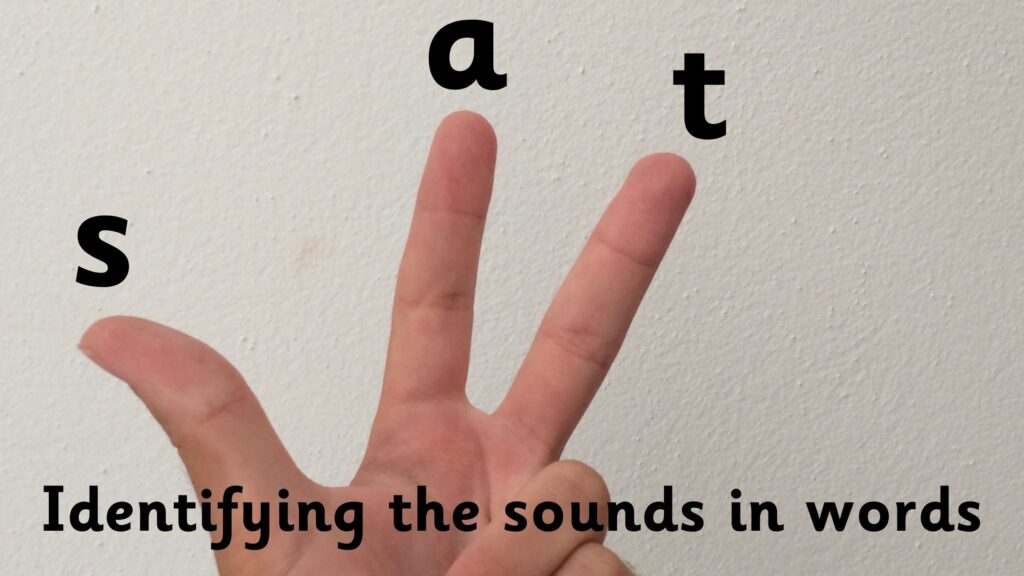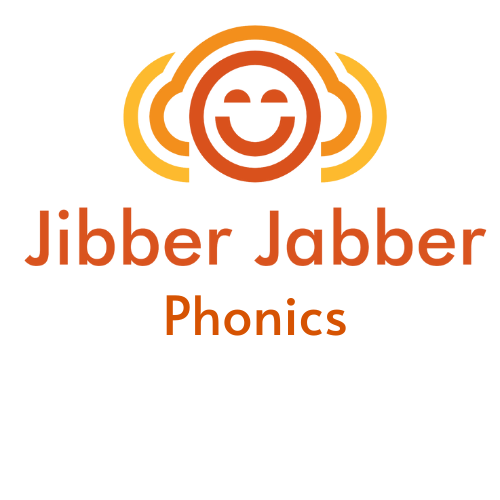Can you remember how you learnt to read and write as a kid. Not me!!
I know I found reading and writing difficult. When I was reading, I used to skip words or guess words if I didn’t know what it was. That was because I hadn’t been taught phonics from the beginning.
A question I get asked a lot is “how do I teach reading and writing?”
Phonics is the building blocks for reading and writing. These skills are taught to decode words and they can be taught from an early age.
I am going to show you the 5 steps to any phonics program so that you can support your learners to read and write independently, build their confidence, and get great results for them.
Let’s get started!!
Letter sounds.
There are 26 letters in the English alphabet, but these make 42 sounds.
Letter sounds are the building blocks that learners recycle to be able to read and write.
The first six sounds that are taught are /s/, /a/, /t/, /i/, /p/, /n/. You have probably read these letters using the letter names. We need to teach the sounds of the letters.
/s/ as in snake
/a/ as in ant
/t/ as in tennis
/i/ as in ink
/p/ as in pink
/n/ as in noise.
In many schools these six sounds are taught before the alphabet. The sounds of letters are more useful when it comes to reading and writing than the conventional alphabet song which teaches the letter names.
When teaching the letter sounds, we also need to consider if they are short (stop sounds) or long (continuous sounds) when we say them.
Short and Long Sounds.
For learners to be able to read and write they need to be able to pronounce the letters correctly. Letter sounds have two forms, long and short.
Long (continuous) sounds are easier to grasp. They are non-ending!! Continuous letter sounds as in /s/ and /n/ are easier to NOT get wrong! If you have air in your body, you can make the sound of a continuous letter.

For the short sounds (stop sounds also called ‘pure sounds’) in this group, /p/, /i/, /a/, /t/ they do have an end!
I often hear them taught with an /uhh/ at the end of the sound and I panic!!
The /uhh/ or schwa sound is the little puff of air that escapes. It needs to be controlled. Let me explain why!
What is a schwa?
Using the /uhh/ sound is confusing when it comes to putting letters together to make a word. As readers, we know these three sounds /p/ /i/ /t/ together make the word ‘pit’. By adding the /uhh/ sound to each letter the word becomes puuh iuhh tuhh something like periertter. Not the word we want!
To prevent this from happening, close your mouth at the end of each letter sound. That also includes the long sounds. Don’t teach s-uuh, it leads to all sorts of complications and spelling becomes difficult.
Once these six sounds have been mastered there are many words and phrases that can be read and written.
Try for yourself, how many can you make and aim for around 30 words. I will start you off with longer words.
6 letter word – insist
9 letter word – assistant

Letter Formation.
The next step is to write the letters.
Now, these letters to a young learner are just squiggles! To write them is challenging for some but it is important to practise writing and it may take a lot of perseverance. A positive mindset will help with this.
There are lots of fun ways to motivate learners to form the letters. To start with I wouldn’t even use a pencil, I would just use my finger.
Guide them to write the letters in the air as you’re teaching the sound. This gives them the chance to follow which way the letter is formed as we’re writing it. It’s a great way for them to understand how this squiggle is formed.
So, for example when you’re teaching the letter /a/ you would draw the /a/ in the air with the sound. Make sure you are drawing the letter the right way round. If they are looking at you, don’t draw it backwards!! I always turn side-on to them and form the letter out to the side. That way it is not a mirror image for them.
You can use a chant while you’re writing it too. I would say /a/ goes round, round, round, up, down and a tail. You can make your own chants for the other letters too.
When learners are ready to write with a pencil, pen, crayon or chalk, their grip is important for neatness and comfort. Have a read here for some ideas to get this correct from the start.
Blending.
Blending starts without having learnt any letter sounds!
To blend we need learners to acquire listening skills. Identifying the sounds in words is using learners’ phonological awareness skills. You can read more about this in my blog Why is Phonological and Phonemic Awareness Important for Young Learners.
To start with, get them to listen for sounds in words and use items that are familiar to them. Items they will know may be parts of the body, colours, food, animals, or friends’ names.
Ask them to say the words by pointing to one. If you are teaching parts of the body, you could practice the /n/ sound.
You can point to your neck, nose, chin, eyes. Ask them to tell you which word has NOT got the /n/ sound. That would be eyes!!
If you are using colour flashcards you could ask which;
- colour starts with the /p/ sound. Pink, purple, peach.
- has an /e/ sound. Red, yellow.
We are not teaching vocabulary; we are asking them to listen for the sounds in words at this stage.
Overcome the struggles
Success comes with practice on a regular basis. If they are struggling it may be that they don’t know the letter sound well enough, so more practice is needed.
Using actions for sounds gives you the opportunity to silently assist. You do the action, and the learner produces the sound. This means they are thinking for themselves and not copying you!
My phonics classes tend to be noisy as I encourage them to shout out the sounds, building their confidence. I also get them moving around a lot. This stops them from getting bored with a pretty intensive learning skill we are expecting them to grasp.
Learners who can hear the sounds in words will then use these skills for reading. They start to push the sounds together to make words.
Start with short words and introduce books that use regular words, and only the sounds you have taught them.
Some books and flashcards have sound dots. These are dots that show a sound in the word.

Children who can blend words fluently have fewer problems reading. Once they master blending, they are reading to learn rather than learning to read.
Identifying sounds in words.
This can be called segmenting. Segmenting is the skill of pulling the letter sounds out, in sequence, to write words. To be able to write words, learners should be able to
- say the word,
- hear the sounds and then
- write the letters for the sounds.
To start, use short simple words like sat, pin, tap. The aim is for the word to be heard and the sounds produced in sequence.
You can start by holding up one finger for each sound while saying the word.
Let’s use ‘sat’ for this example. So it’s the right way round for your students sitting in front of you, start with your thumb on your left hand and then the index finger and lastly the middle finger.
Once you have got your three digits in the air, practice blending it together, ‘sat’. To check they are getting it, point to one finger and ask which sound it is.
If you want to hear the /a/ sound point to your index finger, if you want the /t/ sound, point to your middle finger and so on.
Instead of using your fingers, you could write each sound on the board as they produce them and finally blend the word together when it is written.

Tricky Words.
These are frequently used words that are not completely decodable. This can be because the words use phonic tricks that learners don’t know yet.
Tricky words are taught once all the letter sounds have been mastered. Therefore, tricky words are not tricky to a learner that is not aware of the correct pronunciation.
For example, we know the word ‘like’ does not use the short /i/ sound and the final /e/ is silent. We are using the split digraph rule to read the word ‘like’. This is a rule that has not been taught up to this point so the word ‘like’ is often mispronounced before the “magic e’ rule is learnt.
Support learners with the parts of the word that are not tricky and then encourage them to remember the tricky part.
Let’s look at the word ‘she’. Learners will know the /sh/ sound, it’s the final letter sound that is irregular, the /e/ is the long vowel sound /ee/. It’s also in the words ‘me’, ‘we’, ‘be’ and ‘he’.
That’s five tricky words that have the same rule and are not tricky any more! Teaching common rules like this will help.
Learning tricky words is difficult!
As with many aspects of the English language, there really aren’t many rules that aren’t broken.
For learners with a good visual memory, tricky words can be easy for them. Others will need more support.
- Gamify the words with “Spot the Tricky Bit’. Kids really enjoy being detectives and finding the irregular parts in words.
- Create a tricky word wall and display them as much as possible. Once everyone knows the tricky word it can come off the display.
- Give each tricky word an action. I use pointing for ‘you’, stroke my hair for ‘she’ and point to myself for ‘I’. Giving tricky words actions makes them multi-sensory and you can silently assist them when they are writing. You can make them up with things that are relevant for you.
- Practicing with a look, copy, cover, write, check activity is also helpful.

Mostly, don’t be scared that learners won’t get it!
Never underestimate the ability of your learners. If they can say Tyrannosaurus Rex they can say anything!!
So, to be able to read and write, it is essential that learners practice these five stages regularly.
Readers have a good knowledge of blending the sounds together. They will be able to say a sound as soon as they see it.
Writers can hear the sounds in a word and write those sounds down in the correct order.
If you liked this blog, please leave a comment below and let others know where to find this if it has helped you.
For more information about phonics, have a look through my other blogs too. I also have a YouTube channel that has some great tips and tricks for the learning process.


I really need more phonics song if possible
Happy to help with this. Let me know what you need and I will try and help.
Thanks for sharing
I can learn the great teaching methods from here
Thanks for sharing
I can learn the great teaching methods from here